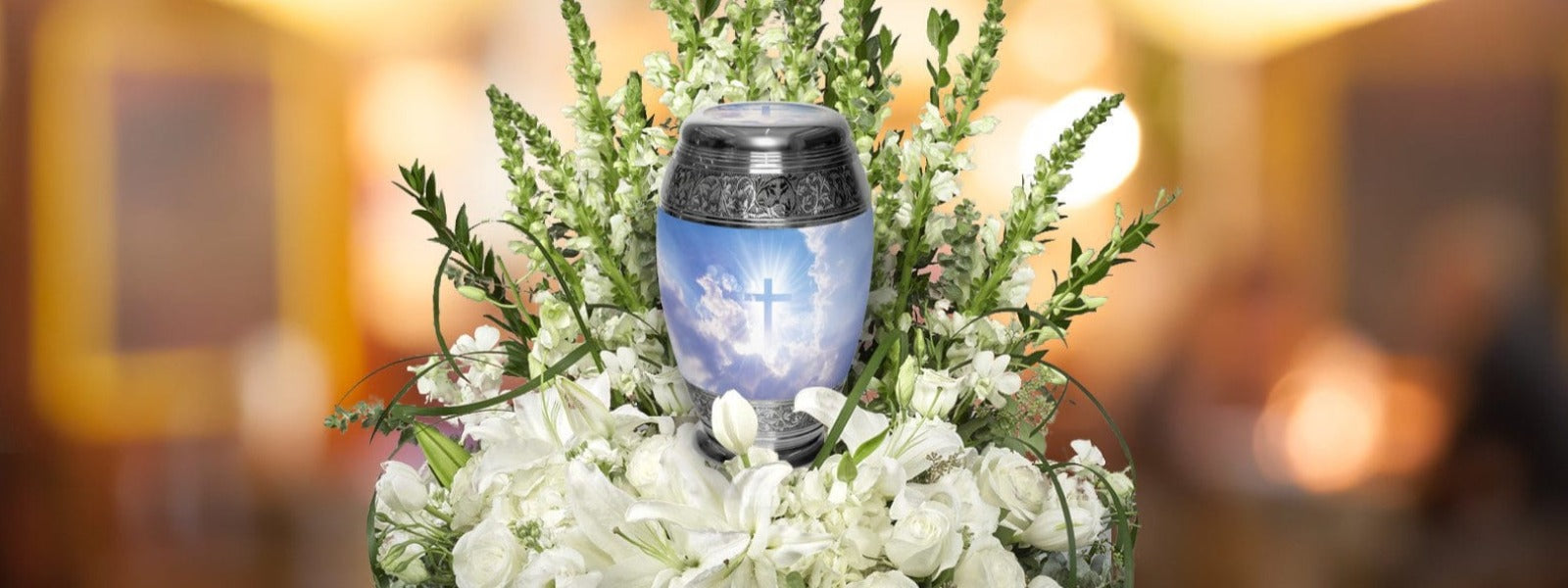For the actual cremation process, the body is placed in a cremation container, which serves as an encasement for the body during the process. There are several types of containers, and the choice often depends on various factors, including personal preferences, budget, and local regulations. Here are some common types of cremation containers:
1. Cremation Caskets: These are specifically designed for cremation and are typically made of combustible materials without any metal parts. They look like traditional caskets but are more easily combustible and environmentally friendly.
2. Cardboard or Fiberboard Containers: These are the most basic and economical choices. Made of sturdy cardboard or fiberboard, they are fully combustible and suitable for the cremation process.
3. Particle Board or Plywood Containers: These containers might be slightly sturdier than cardboard and can sometimes have a veneer finish, but they remain combustible and appropriate for cremation.
4. Cloth-Covered Containers: These are typically constructed with a combustible fiberboard or corrugated cardboard base and then covered in a decorative cloth.
5. Alternative Containers: This is a general term used to describe any non-metal container specifically designed for cremation. They can be made of materials like bamboo, wicker, or other natural and sustainable materials. These are particularly popular for those seeking green or eco-friendly cremation options.
It's essential to note that many crematories have requirements for cremation containers. They must be rigid and meet specific safety and environmental standards. Most importantly, they must be combustible and not release any harmful emissions when burned.
If a family opts for a viewing or visitation before cremation, a rental casket might be used. The interior portion, which holds the body, can be removed and cremated, while the exterior casket shell can be reused.
After cremation, the cremated remains are typically placed in an urn or another container suitable for the chosen method of final disposition or for holding the remains.






Leave a comment (all fields required)